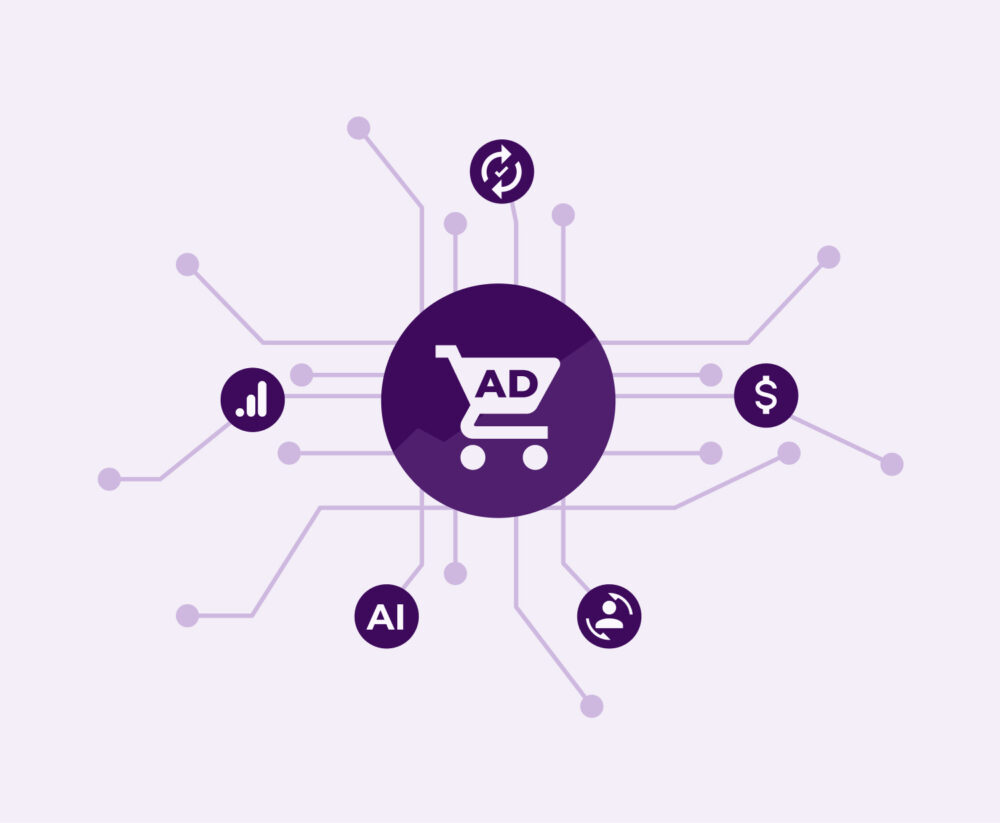What is a PIM and what advantages does it have for your business?
Today, many e-commerce companies face the same problem as they start to grow:
Have a wide catalog updated, organized and consistent in different sales channels, as well as face internationalization. All this while providing an excellent and attractive service to its customers.
Many businesses underestimate this problem and end up having all the product information in one Excel sheet, the sales history in the CRM, and the performance of each sales channel in another. Managing your catalog in this way is neither optimal nor scalable in the long term.
Having all this scattered information means that your team will be less productive and will lead to errors in order management, resulting in a loss of customer trust.
The solution to these problems involves investing in management technology. To avoid this type of problem, more and more stores are implementing a PIM (Product Information Management System), a tool aimed at unifying all the information on your business’s products.
What is a PIM (Product Information Management)
A PIM is a management tool that centralizes all information about a company’s products. Or, in other words, it’s a type of CRM tailored to the challenges that an e-commerce has to face today, where all the information related to your products is stored.
To illustrate, some of the typical fields that a PIM saves are as follows:
- Basic product information (name, model, brand, SKU, category, etc.)
- Technical specifications and features
- Descriptions and multimedia content included in the product file
- Information about sales channels and marketplaces (such as Amazon or Google Shopping, to name a few)
- Available stock
- Annotations for each product
- Change history: variations in descriptions, prices, etc.
Keep in mind that this information is completely customizable to your business. In addition, you can import your catalog directly from your Excel sheets or from your CRM.
Advantages of a PIM
The advantages can vary from one business to another, but in general, the main ones are as follows:
Error reduction
Imagine that you want to try new channels, for example, you decide to open a store on Facebook. But it turns out that the person in charge of uploading the products is working from an outdated Excel file. The product listings on the Facebook store will have incorrect information, outdated descriptions, features, and product prices.
With a PIM:
- All the information in the catalog will be centralized and updated.
- You will be able to edit the product sheets of each channel from the PIM itself.
- In addition, the PIM will notify you if inconsistencies appear in the product files of the different channels .
Reduce return rate
If you have ever made a return on Amazon, you may have seen that one of the possible reasons is: “Inaccurate product description”. This is very common when managing different sales channels.
Suppose a customer orders white socks on Amazon, but instead receives black socks because the stock data was incorrect. If the customer decides to return them, he will receive the refund, of course, but he will surely leave a negative feedback.
Centralizing product listings helps reduce the return rate and improve the shopping experience for customers.
Increase the productivity of your team
Have you ever measured how much time you waste weekly looking for the latest updated catalog information? Or looking for that list of updated prices that was sent to you in the mail a month ago?
These little inconveniences are nothing more than distractions that make your team unproductive. Having all the catalog information at the click of a button is essential for it to be scalable and sustainable over time.
Marketing optimization
In addition to centralizing all the information, a PIM can also manage information on sales volume and associated KPI’s.
It allows you to quickly find:
- Which channel has better performance
- What keywords are assigned to each product page and how they perform.
- The lifetime value of each product.
With this data, the marketing team can make better decisions when designing the sales strategy, facilitate keyword research, and set optimal bid values.
When to use a PIM
Not all businesses necessarily need to use it, but if you find yourself in any of these cases, it’s sure to be useful:
You have a wide catalog
You’re planning to update your website and need to add a product line to a new category. Or Black Friday is approaching, and you want to apply a discount to specific products. With a small catalog, making those changes one by one doesn’t take too much time. But what if you have to do it with more than 500 references?
If this is the case, you should use a tool that allows you to make massive changes.
Your product sheets are frequently updated
In according to which sectors, the information and the price of the products change constantly. For example, if you use a dynamic pricing strategy based on the prices of the competition, or if you occasionally make flash offers to stimulate sales.
In both cases, with a PIM you will be able to make these changes easily and robustly.
You use multiple sales channels
You have just seen how useful a PIM can be when you have to make changes to several product sheets at the same time. Especially when you sell on multiple marketplaces. In this case, a PIM works as an abstraction layer that allows you to treat the different marketplaces as if they were one.
You sell in different countries
Selling abroad is another way to grow your business, but it has certain drawbacks, such as having to adapt to the commercial standards of each country (currency, legislation, etc.).
A PIM knows all this information and applies it to your product sheets depending on the country where you are selling it.
You have a big team
Managing a small catalog can be easy when there are only two or three people making changes. However, in large teams where several people are making modifications to product listings, it’s difficult to keep all the information up to date.
This is why a PIM can become a great asset in coordinating a large or growing team. It will also give you control over who, when and what changes are applied to a product over time.
Conclusions
A PIM is an excellent tool when your business is just starting to grow. It allows you to reduce typical errors that lead to lost sales. Improve your marketing strategy. Increase the productivity of your team and facilitate internationalization.



